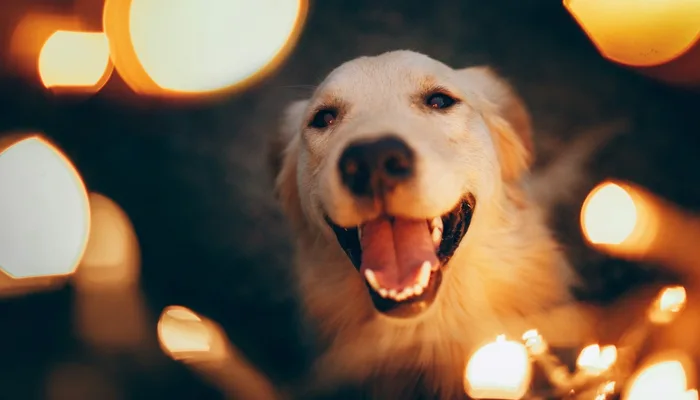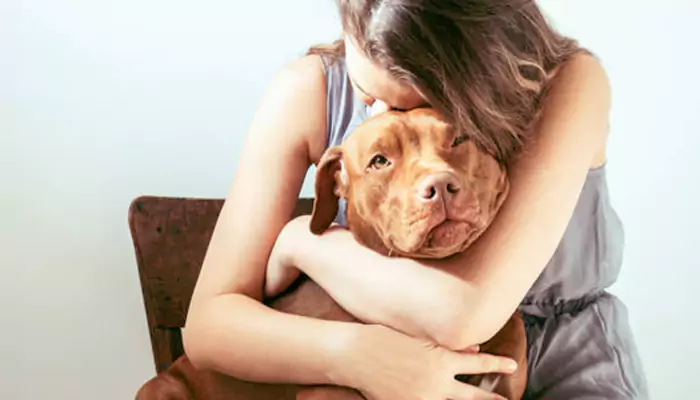
Decoding canine communication
From humping to sniffing, dogs exhibit a myriad of peculiar habits, which can seem quite strange to us bipeds. Until our furry friends learn to converse in human language, revealing their innermost secrets, we'll have to rely on educated speculation to understand these common but odd behaviors. From tail-chasing to selective sniffing, these furry friends have their unique ways of communicating and interacting with the world around them. While some behaviors may appear odd at first glance, each one serves a purpose in the intricate tapestry of dog behavior.
Here are few common dog behaviour and what they mean.
Thrashing Toys
Watching your dog vigorously shake and thrash their toys might seem like pure playfulness, but it's actually a manifestation of their innate hunting instincts. In the wild, dogs would shake their prey to immobilize or kill it, and this behavior is deeply ingrained in their DNA. When your dog thrashes their toys, they're channeling their natural hunting instincts and engaging in a stimulating and satisfying activity. It's a way for them to release pent-up energy, relieve stress, and indulge in a bit of harmless fun.
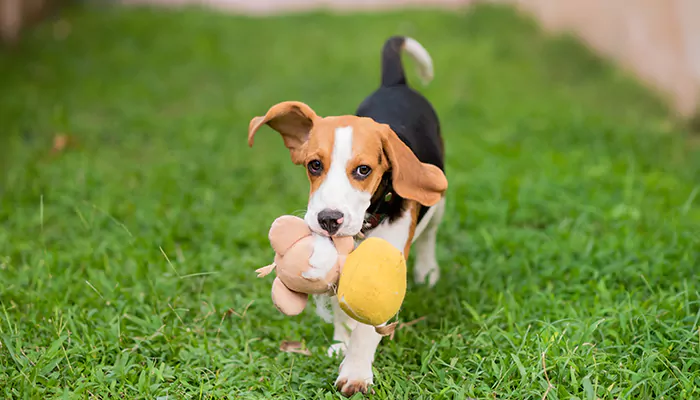
Cocking Her Head
That adorable head tilt your dog does when you speak to them is more than just a cute trick – it's a sign of engagement and curiosity. Dogs tilt their heads to better understand the sounds they hear, especially if those sounds are unfamiliar or intriguing. By tilting their head, dogs adjust their ears to pick up different frequencies and pinpoint the source of the sound. This behavior is not only an expression of attentiveness but also a reflection of their desire to communicate and connect with you.
Chasing Her Tail
Tail-chasing is a behavior that can range from amusing to concerning, depending on its frequency and intensity. While occasional tail-chasing is normal and harmless, excessive or compulsive tail-chasing could indicate underlying issues such as boredom, anxiety, or medical problems. Dogs may chase their tails as a form of self-stimulation or as a response to discomfort or irritation. If your dog engages in persistent tail-chasing, it's essential to observe their behavior closely and consult with a veterinarian to address any potential health or behavioral issues.
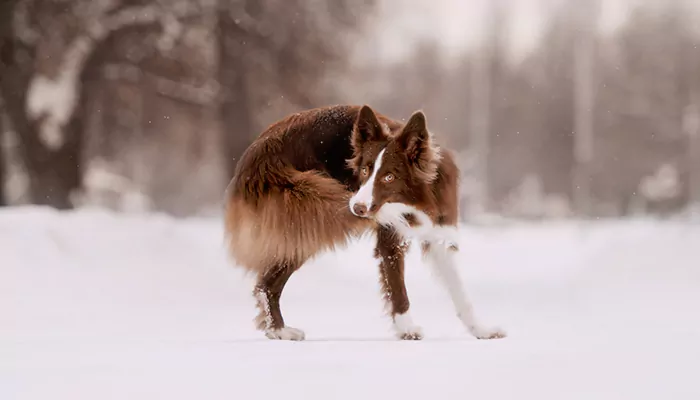
Walking in Circles Before Lying Down
This seemingly odd behavior has its roots in your dog's ancestral instincts. In the wild, wolves and wild dogs would circle their sleeping area to flatten the grass, create a comfortable nest, and check for potential threats or obstacles. While domestic dogs no longer face the same survival challenges as their wild counterparts, this circling behavior persists as a deeply ingrained instinctual ritual.
Sniffing Butts
Butt-sniffing might seem like a strange and unsavory behavior to us humans, but it's a perfectly normal form of communication for dogs. Dogs have a highly developed sense of smell, and they use scent as a primary means of gathering information about their environment and other dogs. When dogs sniff each other's butts, they're exchanging vital information about identity, health, reproductive status, and social hierarchy.
Humping You, Objects or Other Dogs
Contrary to popular belief, humping is not always driven by sexual urges or dominance. Dogs may hump as a form of play, social interaction, excitement, or even stress relief. Neutered and spayed dogs may still engage in humping behavior, indicating that it's not solely driven by reproductive instincts. While occasional humping is generally harmless, excessive or persistent humping may warrant further investigation and behavior modification strategies.
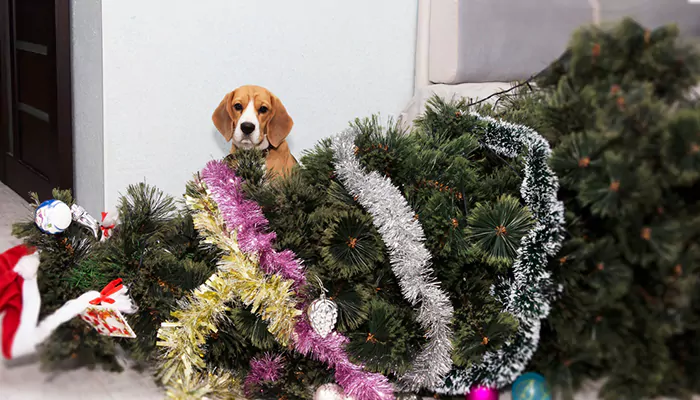
Eating Poop
Perhaps one of the most baffling and unsavory behaviors exhibited by dogs is the consumption of feces, known as coprophagy. While it may seem repulsive to us humans, dogs may engage in this behavior for various reasons. Some dogs eat poop out of curiosity, hunger, or boredom, while others may do so due to underlying medical issues or nutritional deficiencies. It's essential to monitor your dog's poop-eating habits and consult with a veterinarian to rule out any potential health concerns and address the behavior accordingly.

